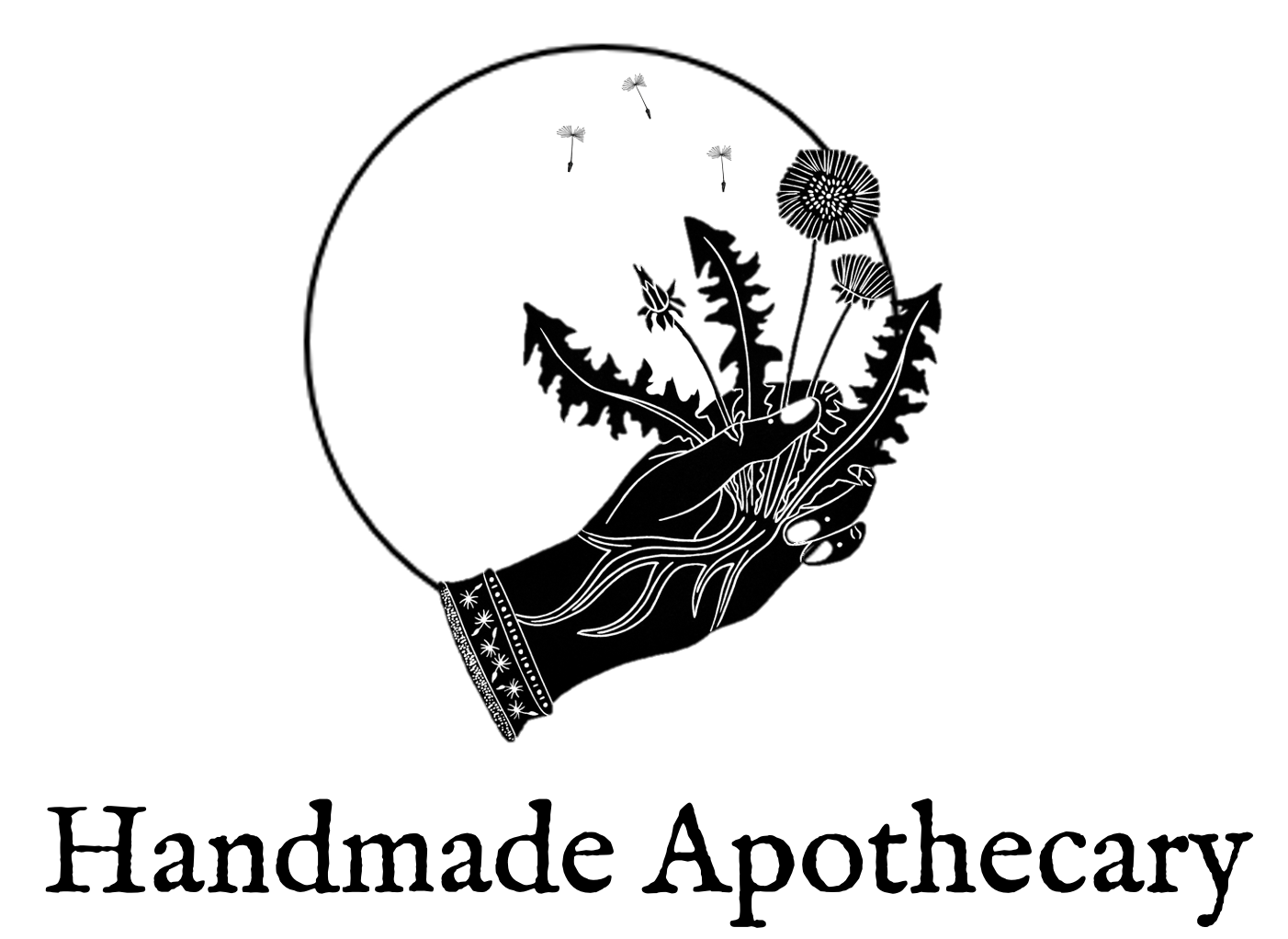First of all, it is always a good idea to have someone show you your local plants the first time. Hands on showing is hard to replace with apps and internet searches, though they do help.
CODE OF CONDUCT
There is a great guide to thinking around nature HERE at BSBI 'Code of Conduct for the conservation and enjoyment of wild plants'. All good foragers will familiarise themselves with it.
GET A GOOD IDENTIFICATION BOOK/GO ON A PROFESSIONAL WALK
Roger Phillips is excellent, as it provides photographic pictures in chronological order. This is best used in conjunction with a wild flower key, just to be sure. (Our other recommended list is here).
Do not taste, eat or use any plant unless you are 100% certain it is correctly identified.
If there is any doubt, do not eat it.
The best way to learn correct plant identification is to go on some foraging/botany walks with an expert.
You could also learn to use a botanical key, becoming familiar with botanical terms and the use of Latin binomial system to correctly identify plants.
SAFETY
Some people may be allergic to certain plants or fungi, even if there is no previous known allergy or sensitivity. It is sensible to only try a little of a new edible plant the first time you eat it and wait 24-48 hours for any adverse reactions.
Discontinue use of any herbs if you have any adverse reactions.
If you are pregnant or lactating, it is generally sensible not to try any new plants in quantity in case of adverse reactions.
Make sure you harvest plants or fungi that are clean and safe and free from chemicals such as pesticides and weed killer, dog, rat or human urine or faeces etc. This is why permission is important, because the landowner may be able to inform you of any issues e.g if there has been any targeted glyphosate use to tackle Japanese knotweed.
Don't harvest close to roadsides, as the area will be affected by vehicle pollution (e.g. fumes/oil/rubber/fuel/heavy metals).
Take care when harvesting next to agricultural sites as there may be run off from pesticides or animal waste/medication/parasites.
Cemeteries are theoretically unsuitable due to historic embalming methods and lead coffins which may have resulted in heavy metals and chemicals leaching into the soil and being absorbed into the plants. There is also a moral taboo in some cultures.
PERMISSION
The Wildlife and Countryside Act 1981 as amended by the Nature Conservation (Scotland) Act 2004 make it illegal to collect wild plants or fungi on a National Nature Reserve (NNR) or a Site of Special Scientific Interest (SSSI) without the express permission of Scottish Natural Heritage, who would first require you to present written permission from the landowner.
It is an offence to pick any protected species which, while rare and unlikely to be encountered, a responsible forager will be aware of and avoid picking or destroying accidentally.
The Theft Act 1968, for England and Wales, states that: “A person who picks mushrooms growing wild on any land, or who picks flowers, fruit or foliage from a plant growing wild on any land, does not (although not in possession of the land) steal what he picks, unless he does it for reward or for sale or other commercial purpose.” Although harvesting aerial parts (leaves, flowers/fruit) is allowed, the Wildlife and Countryside Act 1981 prohibits uprooting any plant from the land without express permission form the landowner. That is, digging up a plant for replanting or for the roots.
SUSTAINABILITY
Other species of animals such as birds, bees and other insects rely on plants as food and shelter. Some have specialised relationships with particular plants, so it is unethical to take all of a plant that you find. A good rule of thumb is to not harvest from the first or last plant you find, and if you think there are plenty to go round, only harvest maximum ¼ of the plant or the group of plants. For example, with regards to nettles or brambles, they are extremely common, and regrowth is rapid so you will be able to judge on a more generous harvest. Know your plants.
Learn how to harvest sustainably so you do not unnecessarily kill plants. Here is a guide on how to do this.
NB:
The purpose of this website is to provide information about the traditional uses and folklore of your local plants so it is not lost in the mists of time. It is NOT medical advice and a Herbalist or GP should be consulted, particularly in the treatment of children, lactating and pregnant women and those taking prescribed medicines.
Dosages given here are generally for adults, there is a rate of reduction for children dependent on age, but please check first, as we always recommend you gain advice as described before.

